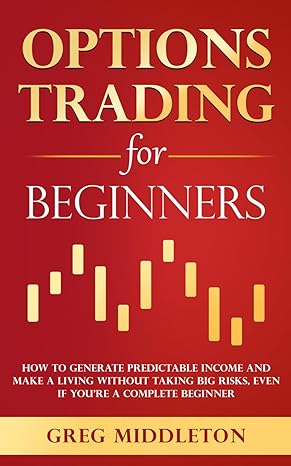Question
A farmer must choose between two possible investments that both require an initial outlay of $120,000 and will have no salvage value at the end
A farmer must choose between two possible investments that both require an initial outlay of $120,000 and will have no salvage value at the end of their economic life (3 years). The first investment is expected to yield annual net cash flows of $55,000 over a 3-year planning horizon. The second will yield $30,000 in the first year, $40,000 in the second and $50,000 in the third. a. Assuming no salvage value, no taxes, and a 5% discount rate, calculate (i) the simple rate of return (SRR) (initial investment only), (ii) the payback period, and (iii) the net present value (NPV) for each investment. (6 points) b. The farmer finances 50% of the investment with an outside loan (interest rate 4%), and the principal will be paid in three equal yearly installments. Assume the farmer is in the 20% tax bracket and that the cost of capital is 5%. Assess the profitability of the two investments with the NPV for the ROA and NPV for the ROE approaches. (6 points) c. Given your answers what investment would you recommend? Justify your answer. (three sentences max)
Step by Step Solution
There are 3 Steps involved in it
Step: 1

Get Instant Access to Expert-Tailored Solutions
See step-by-step solutions with expert insights and AI powered tools for academic success
Step: 2

Step: 3

Ace Your Homework with AI
Get the answers you need in no time with our AI-driven, step-by-step assistance
Get Started


